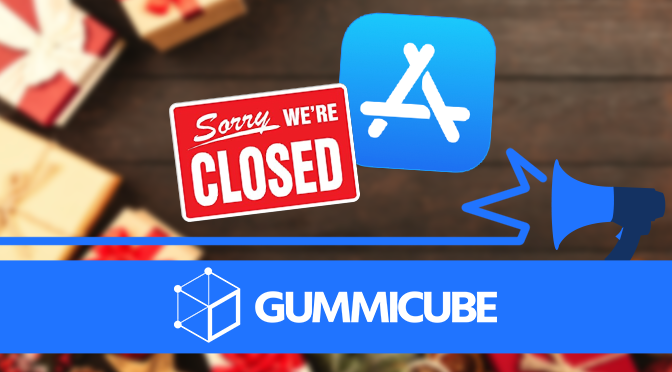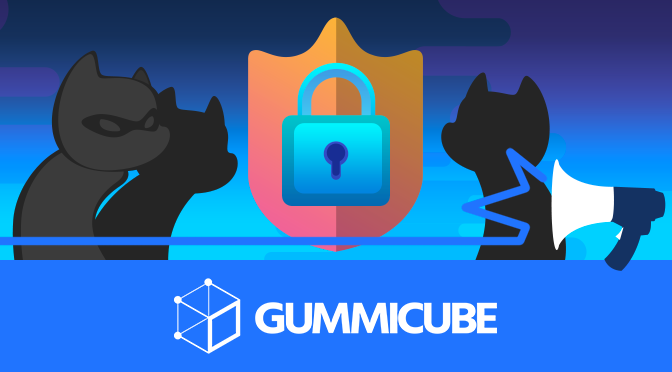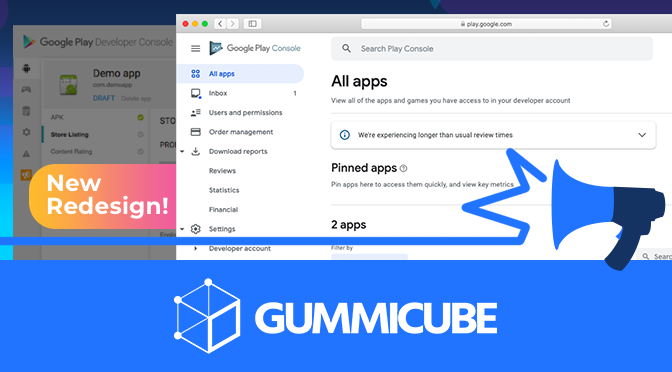
App Store Holiday Schedule 2020
Posted on November 23rd, 2020
When is the App Store Holiday Schedule 2020? Learn about the dates of this year's shutdown and how to prepare.

You've spent months, perhaps even years, developing an app that you know is the best thing since sliced bread. Your team has poured heart and soul into this project and cannot wait until launch day. However, without an effective pre-launch strategy for your app, it will more than likely flop. To be sure your app launch goes swimmingly, follow these top 5 steps for app launch success and mobile app promotion.
Many app developers wait to market their product when their launch date gets close. This can turn into a major mistake as they are wasting valuable time. Ideally, the marketing of an app should start when development begins. From day one, you should also begin to develop a marketing strategy and implement it as soon as possible. Experts suggest viewing your marketing efforts as a crescendo; something that will start out small, grow over time, and peak with the release of your app. It's never too early to start building a loyal fan base for your app.
You can create a buzz around your app if you choose to focus on word-of-mouth marketing. For example, Spotify started in the USA by invitation only. The exclusivity of Spotify got people talking about this app and got people sharing it. This strategy ensured people wanted it and made people feel important if they had it. Spotify's creators lit a match and sat back to watch the world catch fire with their exclusivity. You could do the same with your next app.
If you want your app to be found, you need to optimize it to be found in the app store. If your potential audience cannot find your app, it is worthless. Make sure your app has keywords in its title to help it be found as well as relevant keywords placed in its description. This marketing step is so important that app development companies have added app store optimization as a step in the development and marketing process.
Another key to increasing your user base will be to include social calls to action within your app. Many existing apps have found clever ways to do this. Users can post their game progress or newest virtual fashion accessories they have developed on their Facebook page or they can share the route they took on their morning jog and how many miles they conquered. Building a social action call into your app will create free marketing for you. Friends and acquaintances on social media platforms will see your app posted on a page and want to find out more. Many people also enjoy an app more if they have the ability to share something they have done with it on a social media platform.
Along the same lines as exclusivity and word-of-mouth is beta testing. Select some users to get on board with your app early and grant them beta testing rights. Not only will this step give you feedback before your app is released to the general public, but it will also help spread the word about your app's release and help build excitement about it. Having exclusive beta testers can make other potential users want your app even more as people always want what they can't have yet. In addition, people want to be able to say they were a beta tester for the greatest new app or that they got in on the ground level when an app hadn't even been released to the public yet. Beta testing is a way to not only add more users but also to build a base of loyal users. While you may want to focus solely on your app development and not touch its marketing until closer to the launch date, you need to start now and incorporate the aforementioned steps into your app development. Doing so will make it more successful in the long run by builder a larger, more diverse, and loyal fan base.

When is the App Store Holiday Schedule 2020? Learn about the dates of this year's shutdown and how to prepare.

Apple's App Store Guidelines have strict privacy requirements. Developers now must provide information to users on the App Store listing regarding the data they access.

The Google Play Developer Console has been updated with a new design and adjusted tools. What's different, and how will it impact App Store Optimization?